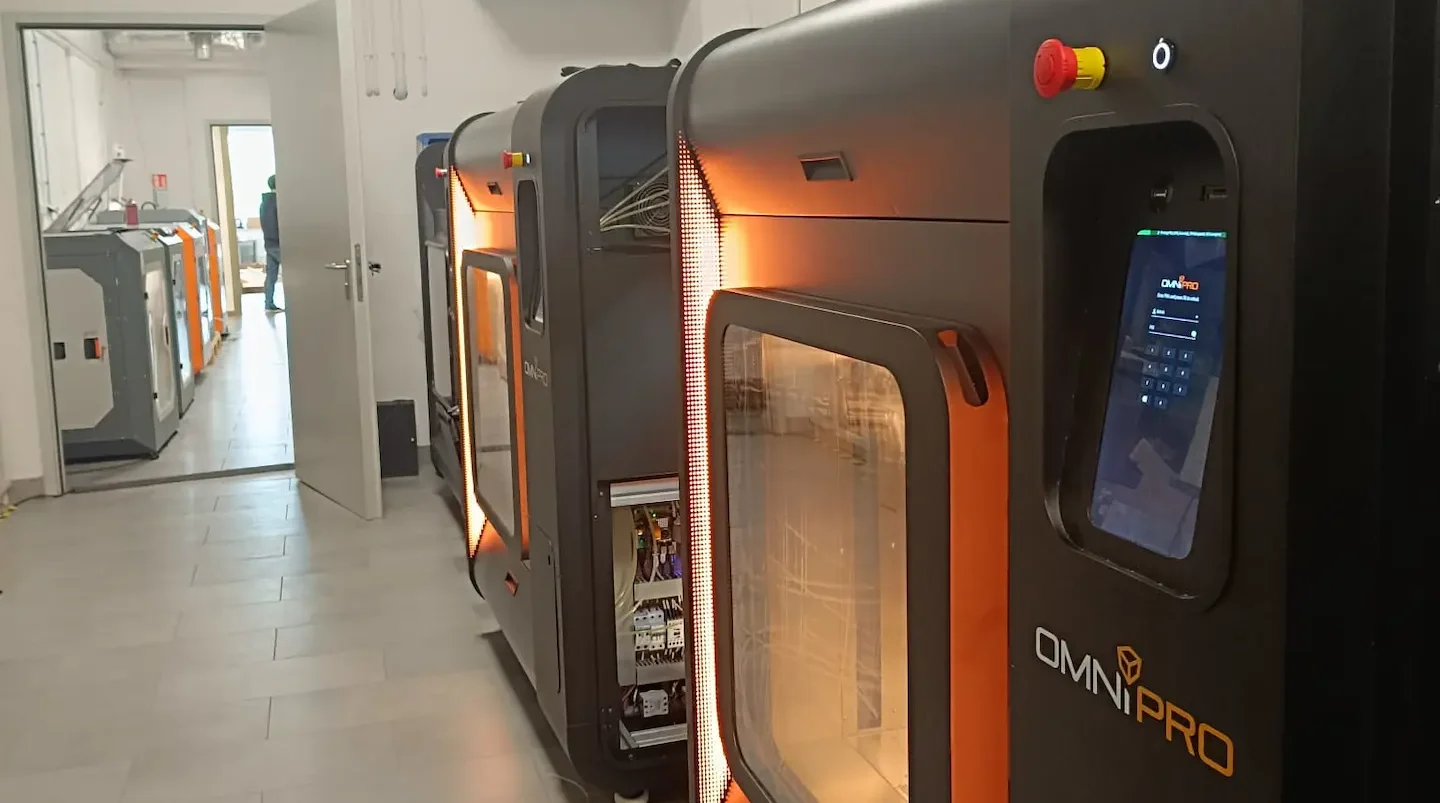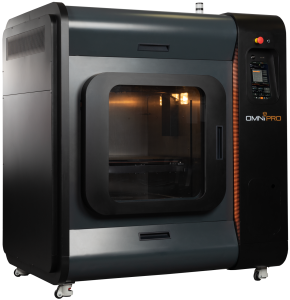What Are Industrial 3D Printers Used For? Enhancing Modern Manufacturing
Industrial material extrusion 3D printing, or additive manufacturing (AM), has firmly established itself as a reliable and indispensable process within the global manufacturing landscape. Far beyond rapid prototyping, today's advanced industrial 3D printers are integral tools for producing high-performance components, optimizing workflows, and building resilient supply chains. For businesses ranging from agile SMEs to sprawling Fortune 500 enterprises, understanding the diverse applications of industrial 3D printers is key to unlocking new levels of efficiency and innovation. At Omni3D, our focus is on providing robust, large-format industrial 3D printers that deliver repeatable, precision results with engineering-grade and high-performance materials. Our expertise lies in enabling practical, value-driven applications across critical sectors.
Core Applications of Industrial 3D Printers
Modern industrial 3D printers are deployed across various stages of the product lifecycle, offering distinct advantages where traditional manufacturing methods face limitations.
- Functional Prototyping & Product Development: While prototyping remains a fundamental application, industrial 3D printing elevates it to a new level. Manufacturers utilize these systems to create functional prototypes that withstand rigorous testing in real-world conditions. This enables faster design iterations, validating complex geometries and material performance early in the development cycle, significantly reducing time-to-market and costly rework.
- Custom Tooling, Jigs, and Fixtures: One of the most immediate and impactful uses of industrial 3D printers is the in-house production of custom tooling, jigs, and fixtures.
- Benefits: This capability dramatically cuts lead times and manufacturing costs for essential production aids. Companies can design and print bespoke tools precisely tailored to specific assembly lines or unique part requirements, improving operational efficiency and quality control. The ability to iterate and produce these tools quickly also offers unparalleled agility in adapting to new production demands.
- On-Demand Production of End-Use Parts: Industrial 3D printing is increasingly employed for the direct manufacturing of end-use components, especially for low-volume production, customized items, or parts with highly complex geometries that are challenging or impossible to produce with conventional methods. This includes specialized components for machinery, custom products for niche markets, and parts with intricate internal structures optimized for performance and weight.
- Spare Parts & Maintenance, Repair, and Overhaul (MRO): The ability to produce spare parts on-demand is a transformative application, particularly for maintaining legacy equipment or addressing supply chain vulnerabilities.
- Benefits: Industrial 3D printers allow companies to reduce reliance on vast physical inventories, minimize warehousing costs, and rapidly produce critical replacement parts when needed. This enhances supply chain resilience, reduces equipment downtime, and extends the operational life of valuable assets, especially in sectors like rail, defense, and heavy machinery.
Omni3D’s Expertise: Empowering Industrial Manufacturing
Omni3D industrial 3D printers, including the Omni3D PRO and Omni3D PRO HT, are specifically engineered to excel in these demanding applications.
- Large Build Volume: Our printers offer generous build volumes (e.g., 500x500x570mm for PRO line), enabling the production of large, single-piece components or efficient batch production of multiple smaller parts. This reduces assembly time, enhances structural integrity, and optimizes throughput.
- Open Material System: Omni3D champions an open material philosophy, providing compatibility with a wide range of third-party engineering-grade thermoplastics (like ABS, PC, Nylon) and their reinforced variants (carbon fiber, glass fiber). The PRO HT extends this to high-performance polymers such as PEI (ULTEM™), PEEK, and PPS, critical for applications requiring extreme thermal, chemical, or mechanical resistance. This material freedom ensures you can select the optimal filament for specific part properties and cost-effectiveness.
- Industrial-Grade Reliability: Our printers are built for continuous operation with robust frames, precise motion control, and advanced thermal management, including the PRO HT’s actively heated build chamber (up to 140°C), which ensures consistent results with challenging materials.
Benefits Across Company Sizes: From SMEs to Fortune 500
For Small and Medium-sized Enterprises (SMEs): Industrial 3D printers offer SMEs unprecedented agility and cost-efficiency. They can bring specialized manufacturing capabilities in-house, eliminating reliance on external suppliers for prototypes, tooling, and low-volume parts. This enables faster response to market changes, fosters in-house innovation, and significantly reduces initial investment barriers compared to traditional tooling.
For Fortune 500 Companies: Large corporations leverage industrial 3D printing for strategic advantages, including supply chain optimization through decentralized manufacturing, risk reduction by producing critical spare parts on-demand, and exploring advanced material applications for high-performance components. These technologies facilitate the integration of complex designs and enable digital inventories, contributing to overall operational resilience and competitive differentiation.
Conclusion
Industrial 3D printers are no longer a niche technology; they are a validated and powerful addition to the modern manufacturing toolkit. By providing precise, reliable, and versatile additive manufacturing solutions, Omni3D empowers businesses of all sizes to innovate faster, reduce costs, and build more resilient production strategies. Explore how Omni3D’s expertise and advanced printer capabilities can transform your manufacturing challenges into tangible advantages.


